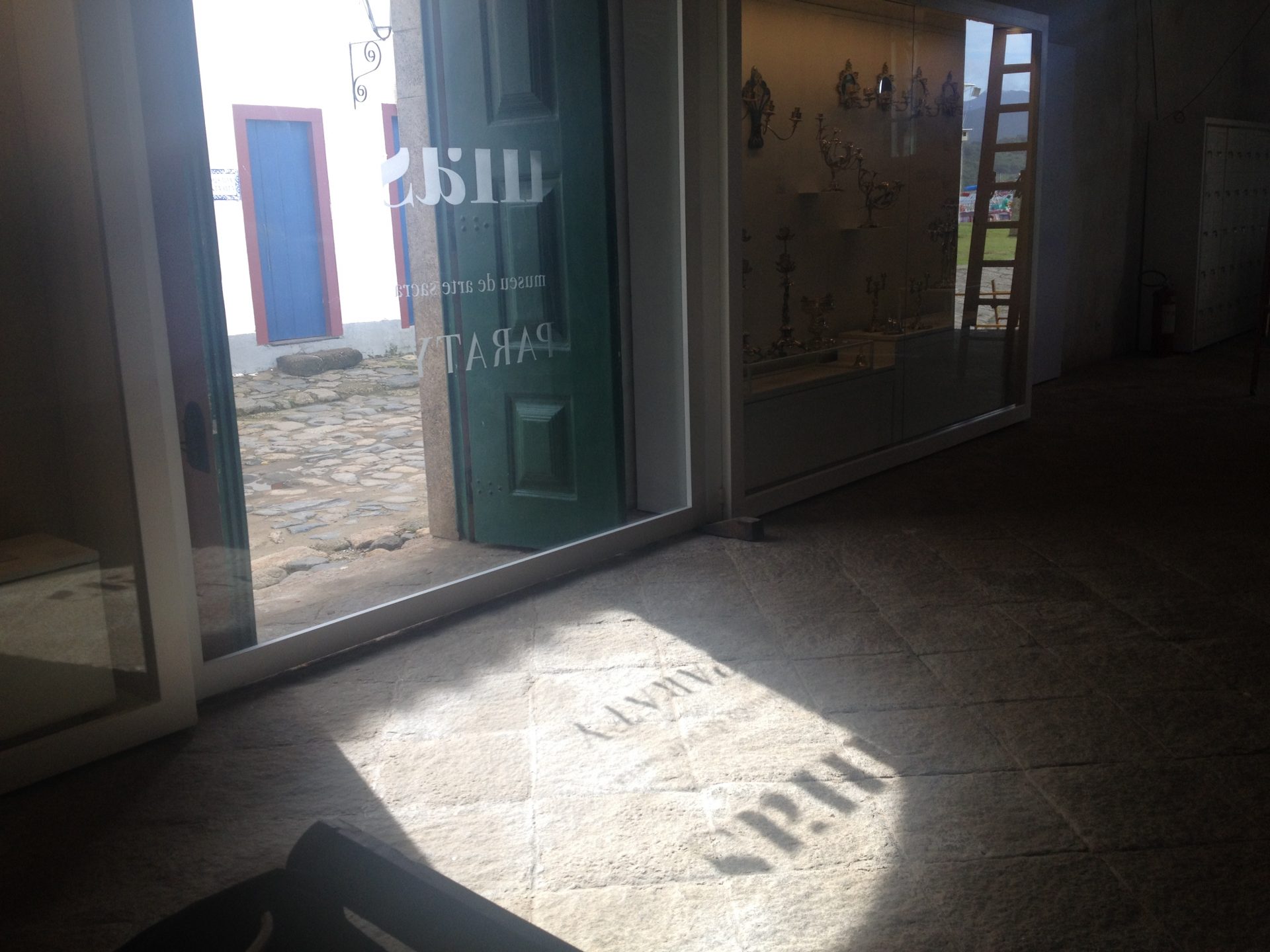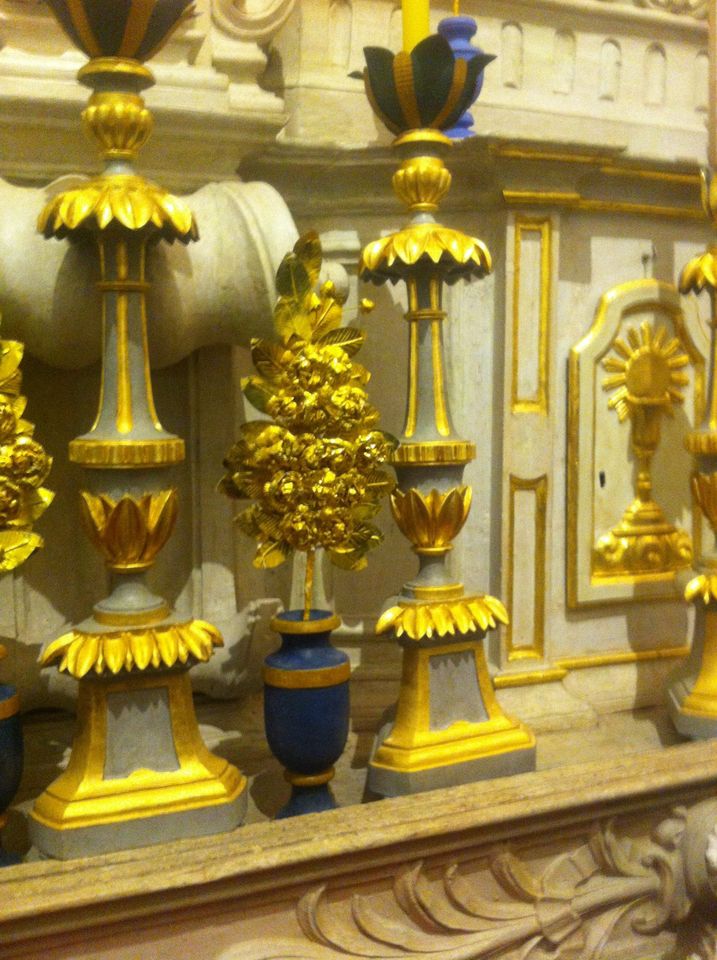
Installed within the architectural complex of Santa Rita – the oldest church in the city, listed by the National Institute of Historical and Artistic Heritage (IPHAN) – the Museum of Sacred Art of Paraty has gained a new long-term exhibition, with the aim of further strengthening its relationship with the local population, its religious rites and its festivals. The new visitation route gave more prominence to its rich collection, which brings together pieces from three other churches in the city – Our Lady of Remedies, Our Lady of the Rosary and Our Lady of Pains.
The narrative adopted goes back to the historical, stylistic and artistic course of the architectural ensemble itself, proposing more visibility to the pieces, which begin to occupy the central nave of the church, in addition to the sacristy – where they were originally located. The script includes historical and iconographic information, as well as the origin and origin of the most relevant images of the collection, and links them to the ritual and organizational practices of the festivities maintained by the local community, contextualizing their uses in the various paratiense brotherhoods. The relationship with the community is also reflected in the creation of an interactive piece on religiosity, assembled from testimonials from local figures.
The collection received cataloguing and restoration care during the period when the institution was closed, culminating in the installation of the new technical reserve. In addition to facilitating and stimulating research, the organization of the collection contributes to improve the flow of spare loans. As usual, the objects will continue to be removed from the Museum during the paraty religious festivals for use in the celebrations, and returned later.
The MAS was included in the process of requalification of the architectural ensemble of Santa Rita, which began in 2006, aiming at safeguarding the material and intangible heritage of the institution. The actions were initiated with the decupinization of the altarbules and with the recovery of the roof structure. The initiative also included the implementation of a new luminotechnical project; the restoration, recovery and painting of its physical structures – façade and interior – dating from 1722; and the recovery of part of the liturgical objects and the Passion Pass, called the “Coronation of Thorns”, inserted in the side façade of the Church of Santa Rita, which forms, together with five other monuments existing in the listed urban perimeter, a valuable set.
The roof and the electrical grid were also restored, in addition to painting the liners. In addition to the works executed by IBRAM, the implementation of the new expography, in partnership with Expomus, as well as the security system implemented, should also be highlighted.
The works were made possible with the support of Alain and Haydee Belda, and José Bento and Daniela Tonetti. During the requalification process of the Museum of Sacred Art of Paraty, the development of research and projects was also sponsored by Caixa Econômica Federal and Petrobras through the Federal Law on Incentive to Culture.
Museum of Sacred Art is part of the tourist complex of Paraty
Listed by the National Institute of Heritage and Historical and Artistic – IPHAN, the city of Paraty is one of the greatest exponents of the colonial period in Rio de Janeiro. Every year, the city receives thousands of visitors during the traditional religious festivals and the consecrated International Literary Festival of Paraty (Flip).
The requalification project of the Museum of Sacred Art of Paraty, located in the Church of Santa Rita, aims to contribute to the development of local and regional tourism, in addition to meeting the need for conservation of the monument and its collection.
Gallery



